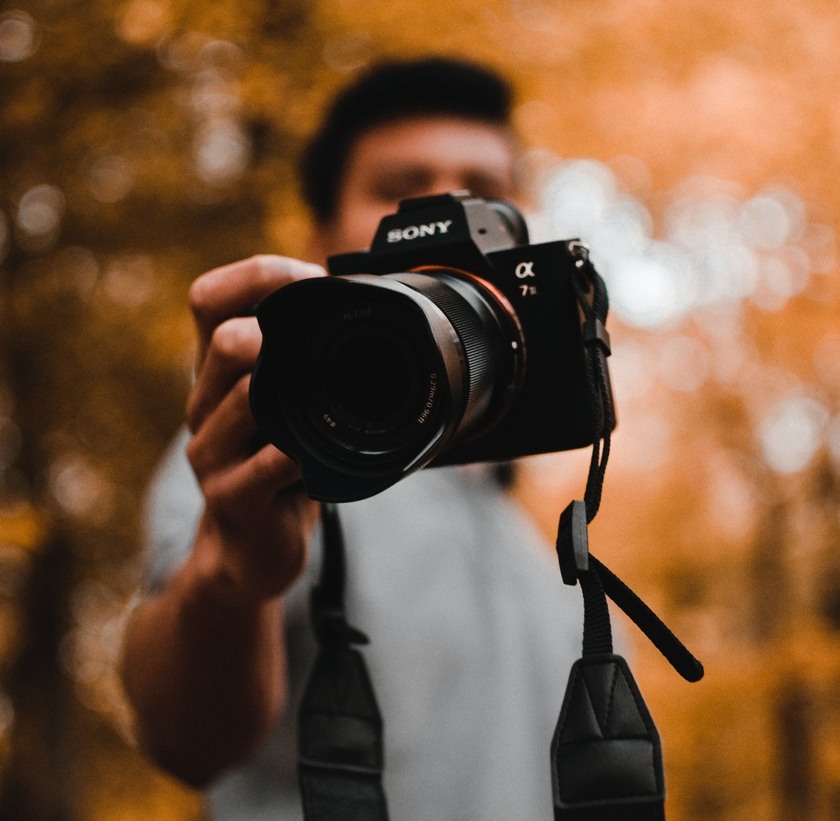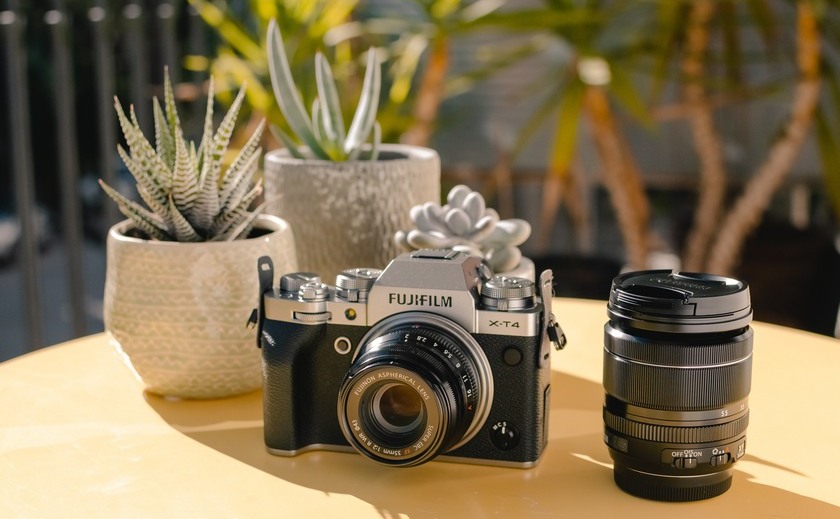The Rise of Mirrorless Cameras: A Guide by iBestTravel
A mirrorless camera is a digital camera that does not feature a mirror reflex optical viewfinder, which is typically found in DSLRs. Instead, it utilizes an electronic viewfinder (EVF) or an LCD screen to display images. Consequently, these cameras are smaller and lighter than their DSLR counterparts, enhancing portability and convenience for users. Moreover, mirrorless cameras offer interchangeable lenses, enabling high-quality image and video capture.
In recent years, mirrorless cameras have gained considerable traction in the photography and videography fields. Many photographers and videographers are now opting for these innovative cameras due to advancements in technology that have made mirrorless systems more efficient and reliable. They now rival DSLRs in terms of image quality, autofocus performance, and battery life.

Moreover, the shift in industry trends has significantly contributed to the surge in popularity of mirrorless cameras. Many users are in search of lighter and more portable equipment, aligning perfectly with the design and functionality of mirrorless systems. Additionally, these cameras operate quieter than DSLRs, making them ideal for discreet shooting in environments like weddings or other intimate settings.
Mirrorless cameras present several advantages over traditional DSLRs:
- Compact and lightweight, facilitating easier portability. This is particularly beneficial for vloggers or photographers on the move.
- Fewer moving parts result in enhanced durability and a lower likelihood of mechanical failures.
- Quieter performance compared to DSLRs, ideal for sensitive environments.

Additionally, mirrorless systems boast a variety of advanced features not typically found in traditional DSLRs. For example, their electronic viewfinders (EVF) can provide a live histogram, allowing users to adjust exposure settings dynamically. The focus peaking feature also aids photographers in achieving precise manual focus.
When selecting a mirrorless camera, various key features should be considered:
- Budget considerations are crucial, as mirrorless cameras can range from a few hundred to thousands of dollars.
- Sensor size greatly impacts image and video quality, with larger sensors generally yielding superior results.
- A reliable autofocus system is essential, particularly for capturing fast-moving subjects.
- Consider the lens selection, as mirrorless cameras might have a less extensive range compared to DSLRs.
In conclusion, the transition toward mirrorless cameras in photography and videography communities is increasingly clear. They offer numerous advantages, including enhanced portability, reliability, and advanced capabilities. By evaluating budget, sensor sizes, autofocus systems, and lens options, users can make an informed decision to elevate their photography or videography pursuits.
What type of cameras do you prefer when traveling? Feel free to share your insights and tips below!




